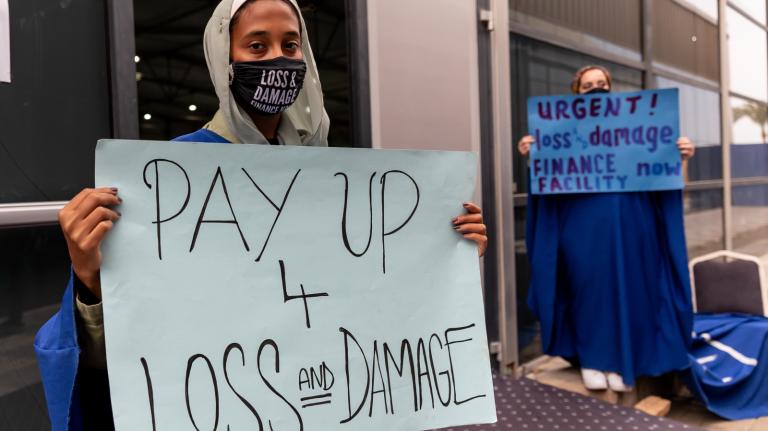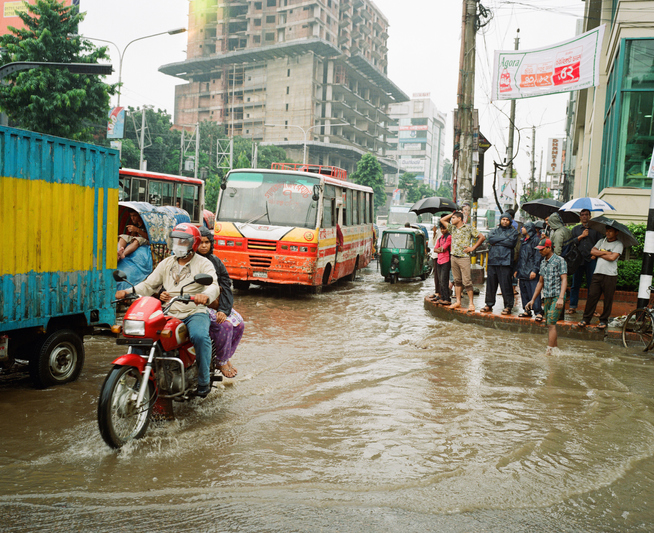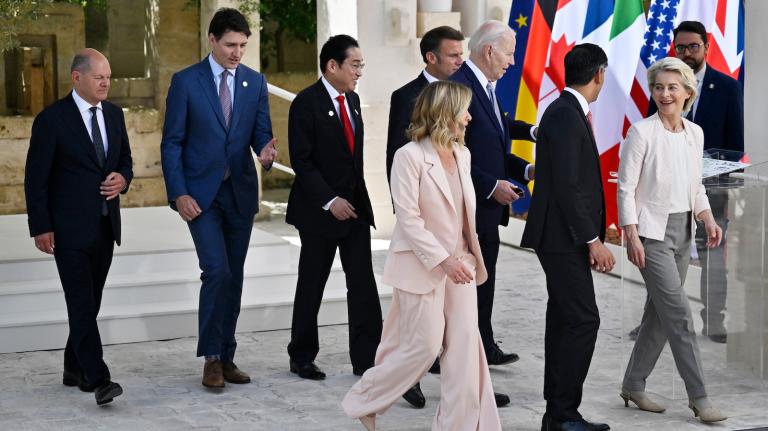Even if the carbon-cutting goals of the landmark Paris Agreement are met, the planet will warm between 1.5 and 2 degrees Celsius, or 2.7 and 3.6 degrees Fahrenheit, in the coming decades. According to a new report from the United Nations, that warming will likely kill the Indian Ocean’s coral reefs, cause the Antarctic ice sheet to melt, and turn parts of the Amazon rainforest into savannas. Adapting to these changes and others in developing countries will cost as much as $215 billion to $387 billion every year this decade, the report found.
Those figures are far greater than the amount that the United States and other wealthy countries have been setting aside for lower-income ones: In 2021, developing countries received just $21 billion for adaptation. Even as the effects of a warming world grew more dire, funding that year dropped by about 15 percent from previous years as governments shifted their spending to deal with the global pandemic and the fallout from Russia’s invasion of Ukraine.
The United Nations Environment Programme’s yearly Adaptation Gap Report is the most authoritative assessment of the funding needed for developing countries to adapt to climate change. The report is an important check on the state of adaptation needs ahead of the United Nation’s annual climate conference, known as COP, scheduled to take place at the end of the month in Dubai.
The report relies on independent modeling and estimates from developing countries to assess adaptation costs and highlights the growing gap between the funding that wealthy countries are providing to developing countries and the rising cost of adapting to a warmer world. The report noted that the estimated costs for adaptation exceed available funding by 10 to 18 times and that this shortfall “indicates a deepening climate crisis.”
“That’s pretty concerning,” said Joe Thwaites, an expert on international climate funding at the nonprofit Natural Resources Defense Council. “Developed countries are going to need to come to COP28 with a very clear plan for how to get things back on track.”
These new estimates are dramatically higher than those the U.N. released last year. In 2022, the organization estimated that developing countries will need $160 billion to $340 billion for adaptation by 2030. The figures have increased because of “slow and insufficient” action to reduce carbon emissions, the report noted, and in part because countries are better at estimating how much it will take to handle flood and storm protection and upgrade infrastructure, among other costs. “It’s a mixture of a better understanding of the real world impacts and also a better understanding of what would be needed to attenuate those,” Thwaites said.
The report notes that to tackle climate change, countries need to eliminate their carbon emissions, find ways to adapt to the warming that has already taken place, and compensate for any irrevocable damage caused. These goals make up the three main pillars of the 2016 Paris Agreement and are referred to as mitigation, adaptation, and loss and damage in international climate negotiations.
While the report focuses on the challenges with funding one of these three pillars — adaptation — it also highlights how they are all interrelated. Reducing emissions decreases the need for adaptation. And when communities are more resilient, there are fewer loss and damage costs to compensate for. “Failure to reinvigorate investments in adaptation action will inevitably lead to more unabated climate impacts and subsequent loss and damage,” the report warns.
The economic savings can be significant. A 2019 analysis found that for every dollar spent on adaptation, the savings are between two to 10 dollars. “The earlier we act, the less costly it will be,” said Thwaites.
Funding for loss and damage is expected to be a contentious topic at the conference in Dubai. After agreeing to set up a separate fund devoted to compensating developing countries for the unavoidable costs of climate change, countries are now deadlocked over who should pay into the fund, who should receive the money, and whether the World Bank should govern its administration. Harjeet Singh, head of global political strategy at the environmental organization Climate Action Network International, said that the lack of funding is “a ticking time bomb” that will worsen the loss and damage that vulnerable communities around the world face.
“Decades of ignoring the urgency to support adaptation in developing countries has resulted in a skyrocketing bill for climate-induced loss and damage,” Singh said. “Without urgent action to close the adaptation finance gap, we are condemning these communities to a future where they are unprepared and unable to cope with the impacts of climate change.”
Editor’s note: The Natural Resources Defense Council is an advertiser with Grist. Advertisers have no role in Grist’s editorial decisions.




